Intel vs AMD two titans in the infinity war.
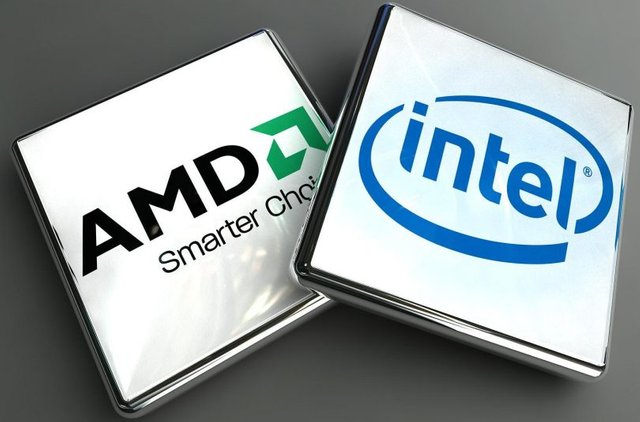
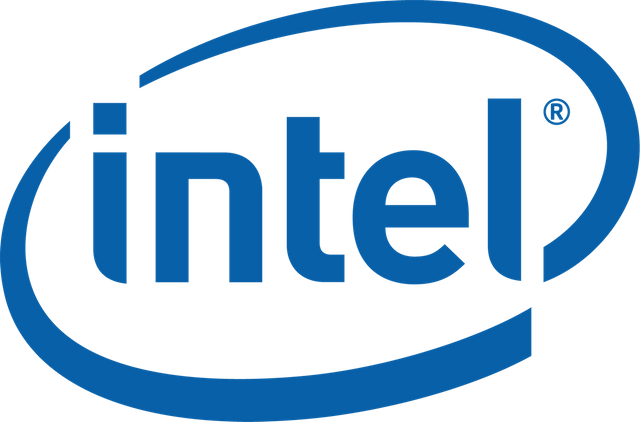
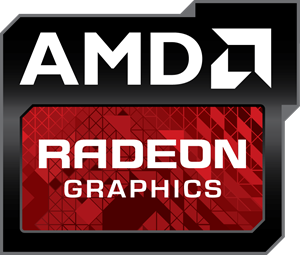
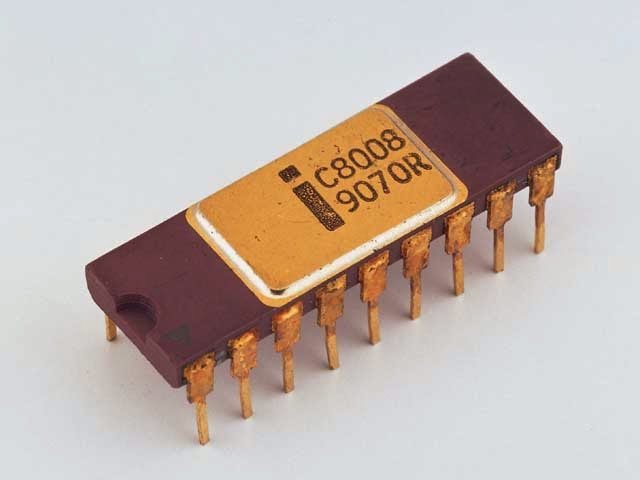
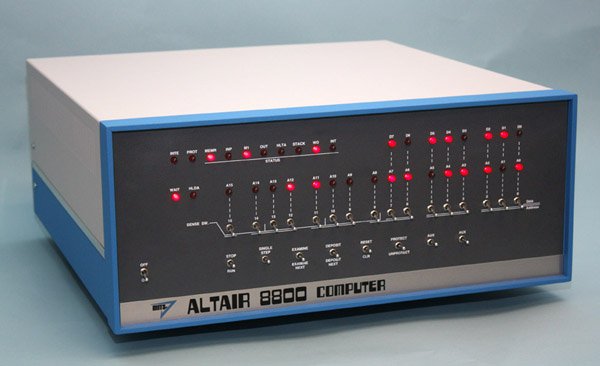
Many companies were interested in these processors, needing more suppliers and fearing that Intel could not meet the demand for x86 processors or that a problem occurred in the Intel production line. Therefore, Intel proceeded to license its architecture along with its designs to other companies, including AMD. This action gave way to AMD starting a production of clones like the Intel 186, Intel 286 (this processor included 275000 transistors, 100 times more than the microprocessor Intel 4004), Intel 386 and the Intel 486 , with the first 32-bit x86 designs.
In 1982, AMD signed a contract with Intel, in order to comply with the policies of IBM who wanted to use the Intel 8088 in their IBM PC, but their policies required at least two suppliers for their chips. Some time later in 1986 Intel decided to break this contract, so
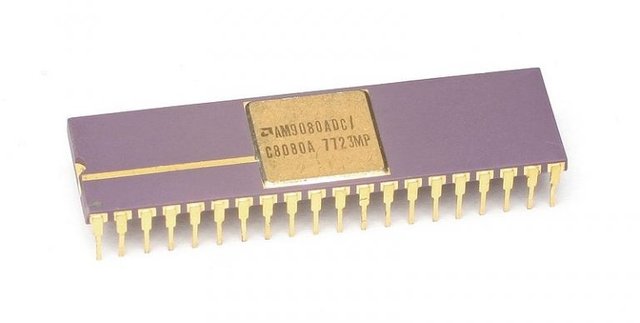
From 1971 to the 1990s, the advances seen in the area of microprocessors had been impressive. Even so, from 1990 to the present, the progress has been much greater. This time began with the AMD Am386, which contained characteristics similar to I80386, a creation that was full of controversy. Due to the breakdown of Intel's contract in 1986, these two companies were in legal wrangling, ultimately winning AMD thanks to the Supreme Court of California, which forced Intel to pay more than $ 1 billion for the breach of contract.
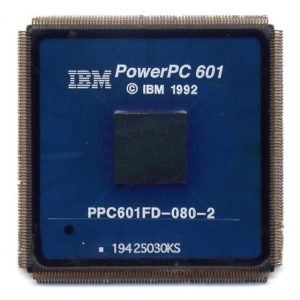
The year 1993 was also a good year for AMD, it presented the Am486 compatible with the 80486, it was also good for Intel, showing the Intel Pentium, with more than 3 million transistors, preceding such a revolution large that the Pentium nomenclature became widely popular in general culture. The years 1994 and 1995 were a quieter time, implementing only updates of what was already on the market, specifically the PowerPC 620, the Am586, and the Intel Pentium Pro, which, did not suppose a authentic revolution in the market even though they surpassed their predecessors.
The first processor of AMD, the K5 a chip of 133MHz and compatible with the Socket 7 of Intel, was launched in 1996, its first processor and direct rival of the Pentium, with an architecture very similar to the Pentium Pro, and He had relatively little success. But it was not until 1997 that AMD released the chips that positioned it as a strong competitor in the processor market, the K6 and later K6-2 and K6-3, although they were inferior in performance to the Pentium II and III with the that they competed, offered a much better quality / performance / price ratio, reaching more than 70% of the low and mid-range PCs sold in that year. AMD was becoming more comfortable in the market and little by little it was opening hollow. Meanwhile, Intel saw that what in principle had to have been a monopoly was going to be a tough competition to be the best.
In response, Intel introduced the Intel Pentium II in 1997, the Pentium II Xeon in 1998 and the Celeron, Pentium III and Pentium III Xeon in 1999. But in that same year AMD hit the table with its famous Athlon and Duron based on the K7 architecture which equaled (and in some cases surpassed) Intel's Pentium III. The entrance to the 2000 brought under the arm a new batch of processors, with the Intel Pentium 4 in head, in addition it arrived with a redesign of complete architecture, with a greater number of cycles by second, although with worse performance in each one of the cycles . The architecture of the Athlon and Duron processors was improved with the introduction of the Athlon XP and Sempron processors which, due to their great advantage in IPC (Instructions per Cycle of clock) were able to equal or surpass the Pentium IV based on NetBurst architecture which ran at a much higher frequency.
Intel and AMD no longer compete only with themselves: they compete with the opposite to get the best product, the most powerful.
During the next two years, the waters were calmer, reaching a conclusion: Intel and AMD were going to divide the spoils of war that came out of the microprocessor market, and neither of them was willing to lower the level. 2004 is chosen by the two titans to present their new creations, not happy with the success of their Athlon XP and Sempron based on K7, AMD introduces the K8 architecture with its famous Athlon 64 and with this introduced the 64 bit extension to the x86 architecture. Intel for its part presented the Intel Pentium 4 (Prescott). This was a massive improvement over the 32 bits of the previous processors and laid the foundations for 64-bit computing in the x86 architecture. Ironically it was Intel who ended up licensing the 64-bit extension of x86 from AMD.
On June 6, 2005, the balance tipped toward, Intel when Steve Jobs confirmed that: Apple was switching to Intel. The reason given was that the PowerPC processors had serious temperature problems, so the change would not be by fashion, but by necessity, with it, Intel gained more power. In that same year AMD brought another improvement to the world of PCs introducing the first multi-core processors for the consumer market with its Athlon 64 x2, technology that was only reserved for servers. Until then, AMD was at the forefront of performance and Intel was one step behind, due to the low IPC of its NetBurst-based processors compared to AMD designs. Then this would change with the introduction of the "Banias" core, in the market of laptops. A much more efficient kernel with much more IPC than desktop processors based on NetBurst.

AMD maintained the pulse of Intel as much as it could, presenting devices homonymous in performance than those presented by Intel, such as the Phenom of 2007 in response to the Intel Core Duo of the previous year, as well as the Phenom II and Athlon II to the Intel Core i7 Nehalem of 4 cores. With this Core i7 range, Intel had reached its main lode, using this nomenclature for the processors it currently uses. Due to not being able to compete against the Duo processors, AMD made a change of focus when developing the "Bulldozer" architecture on which its first generation FX processors are based.
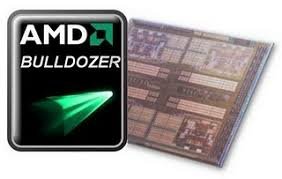
When not finding more competition, Intel began to introduce new architectures that focused on improvements in the manufacturing process, integration of new technologies, improvements in the graphical section and modest increases in IPC. While AMD began the development of a new high performance architecture known as "Zen". That AMD will leave the computer market in the background has made it easier for Intel to take control of it. With different architectures such as Sandy Bridge, Ivy Bridge and the latest Haswell, the Core i7, i5 and i3 range has gained unparalleled notoriety in the world of computers, both laptops and desktops. Reaching record figures of 22 nanometers and 1400 million transistors. Compare those figures with those of the Intel 4004.
After all ... Imagine to what extent these two competitions, in order to stay with the market, is unimaginable at the moment. In the last international fair Computex 2018, Intel announced that it will launch a processor of 28 cores and 56 threads in the final quarter of this year. Its demo showed the prototype reaching up to 5 GHz. However, it was later clarified that it was an overclocked processor, so it will not be the stock speed of the products that it will launch at the end of the year. Also on display was the Intel Core i7-8086K limited-edition processor celebrating the 40th anniversary of the Intel 8086 processor. It will be the first six-core, 12-core processor with integrated graphics, in addition to offering a 5.0 GHz turbo stock frequency.

But apparently AMD will go further, and this time according to Forbes, "AMD would be one of Sony's key allies facing PS5: the console will use the Navi and Zen graphics architectures, although what is not clear is whether -al like Xbox One X- will bet on condensing this technology in a robust SoC (system on a chip) ". AMD will jump to these 7 nanometers in CPUs and GPUs in 2019, which coincides with the dawn of the next generation of consoles. At least, facing the public.
As we can see, it is almost impossible to predict what the future holds: maybe Intel will fall and someone will pick up the baton, or the microprocessor market will be turned towards another niche, leaving the computer behind. Maybe even Moore's Law will be violated. The point is that, if in all these years we have gone so far, what we will see in future years, perhaps in 2030, 2050 or in another 43 years, should be spectacular.
What would you like to be created? Maybe a movie future awaits us.
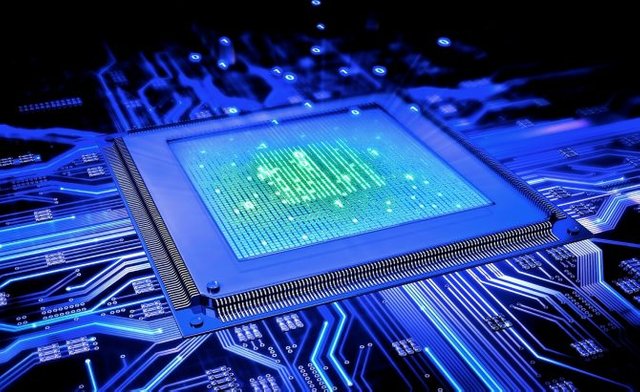
Go here https://steemit.com/@a-a-a to get your post resteemed to over 72,000 followers.